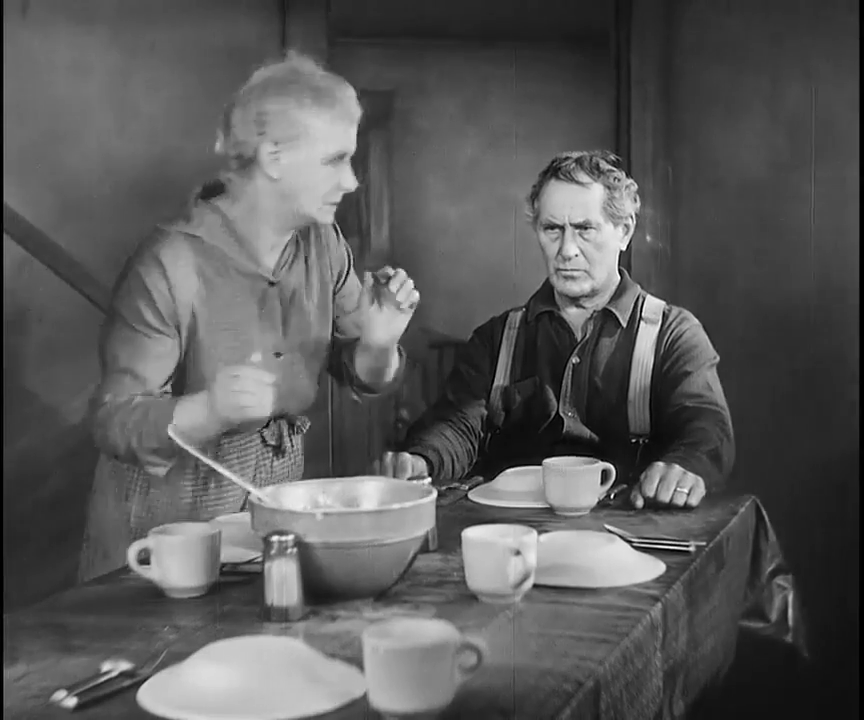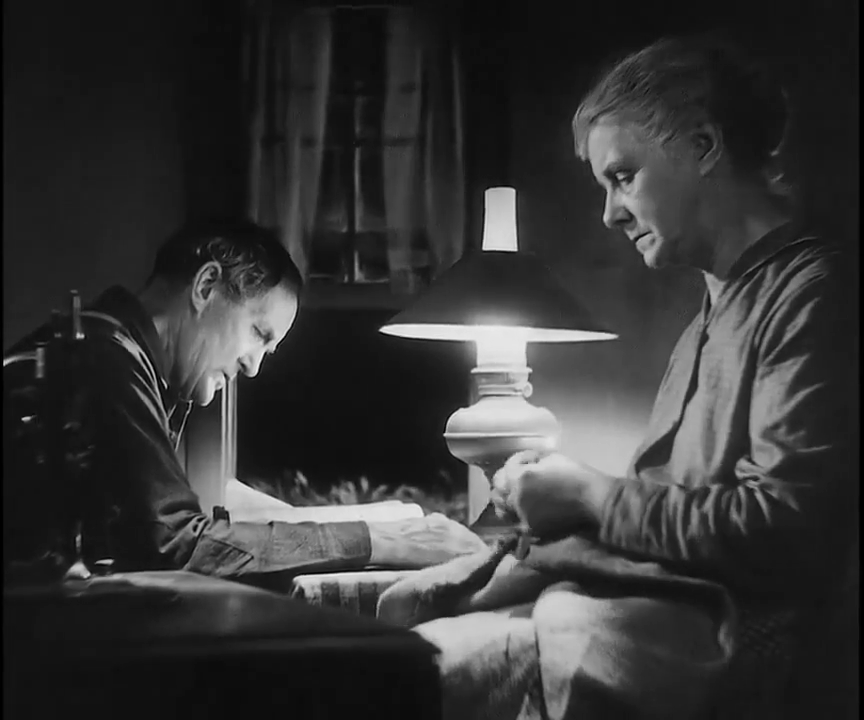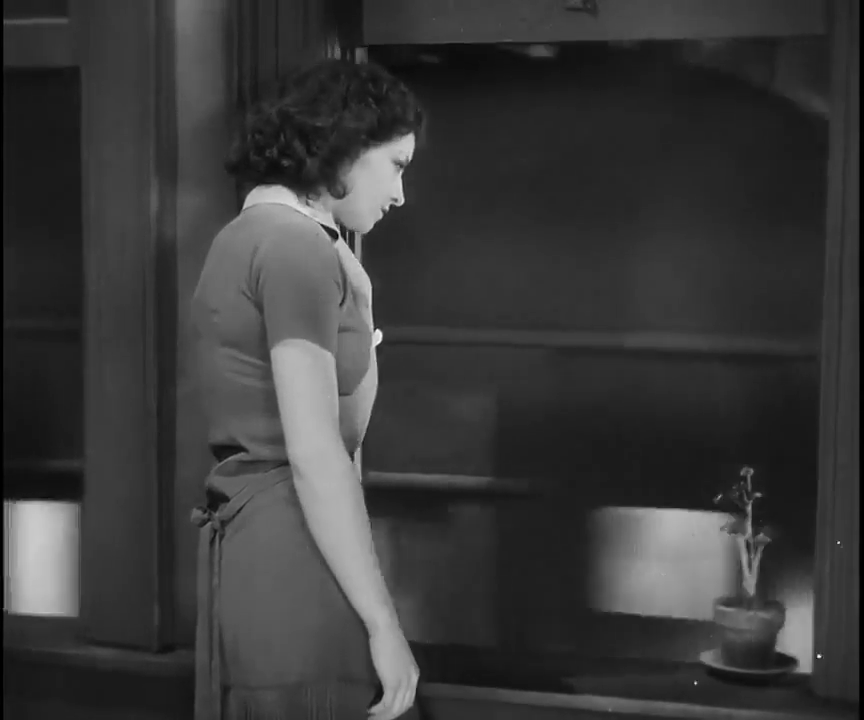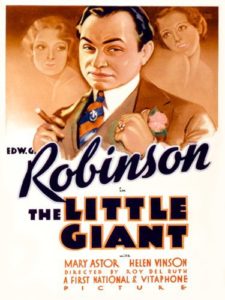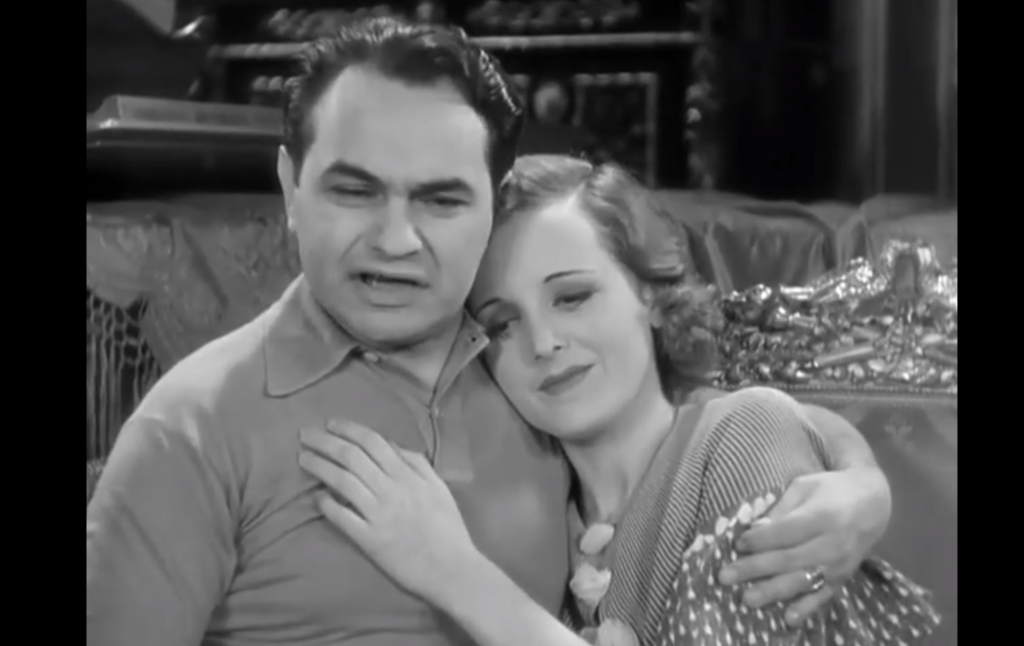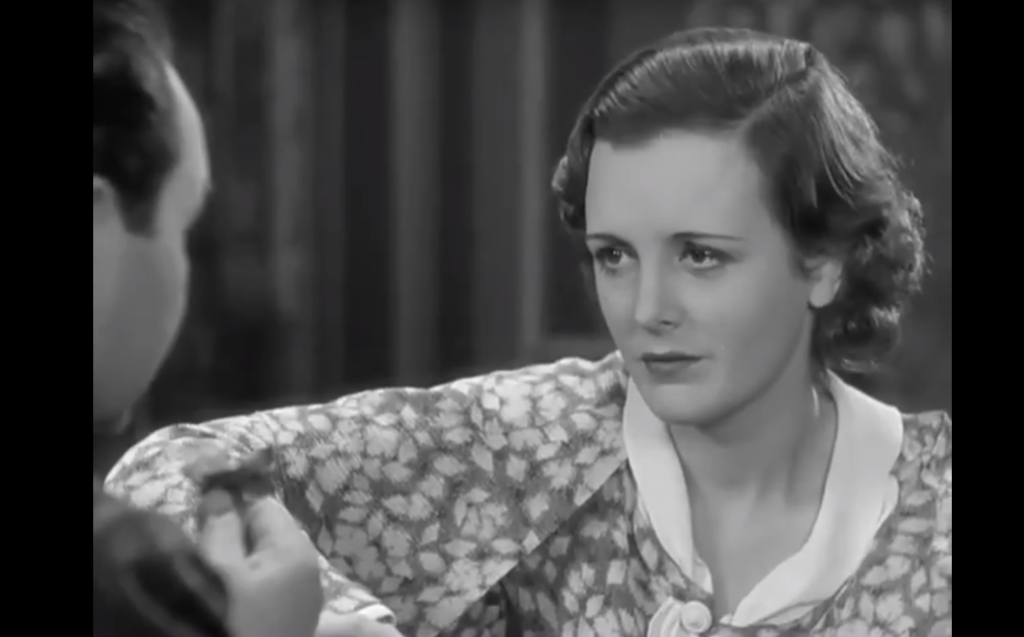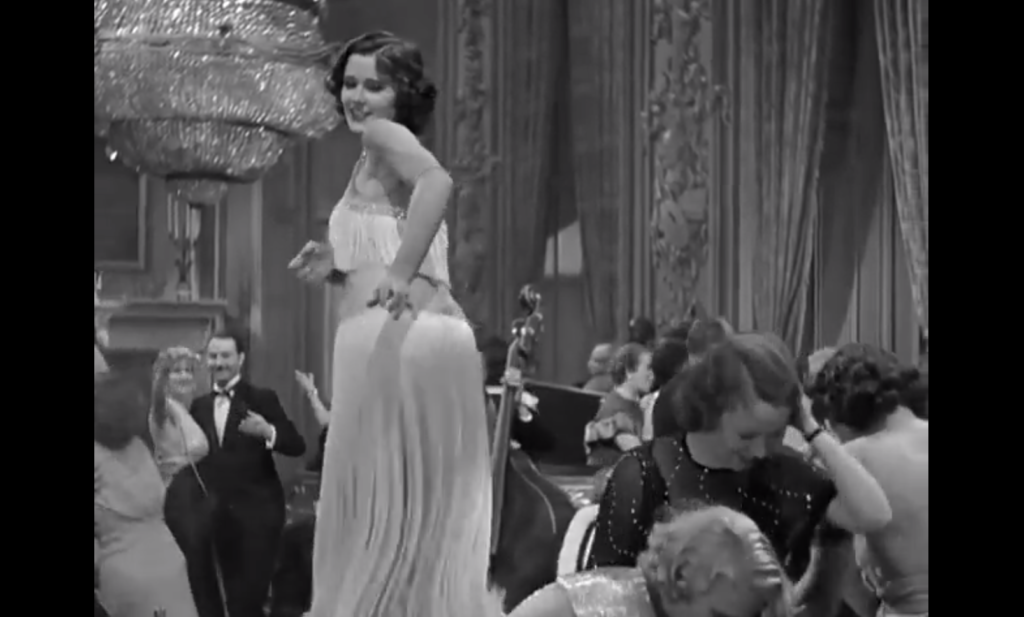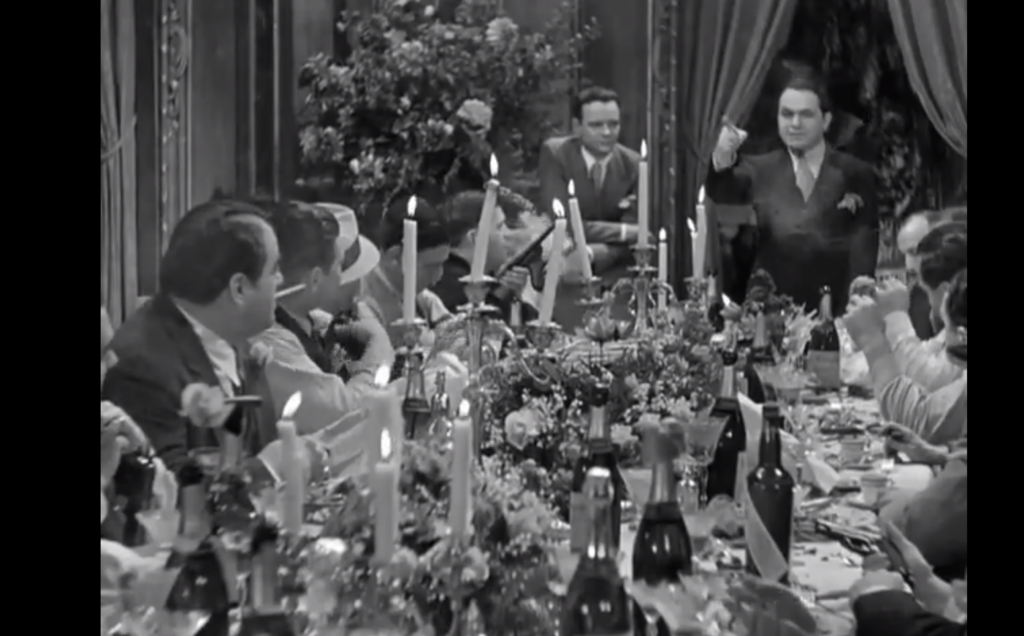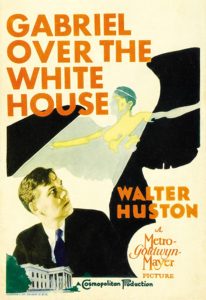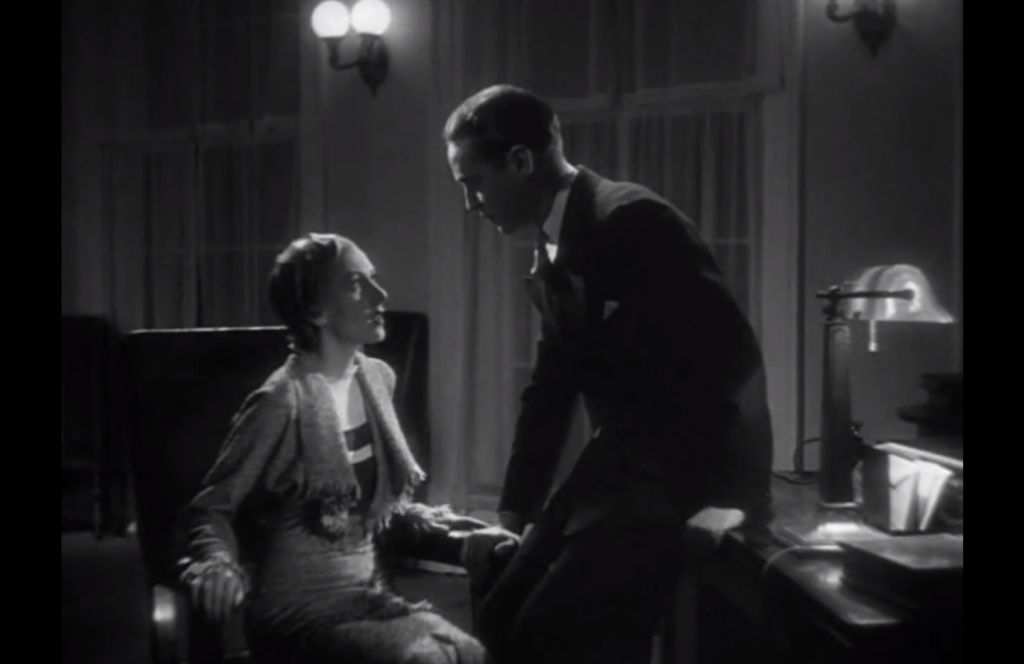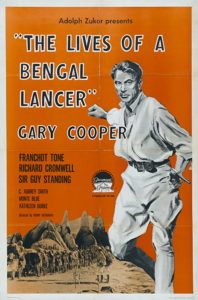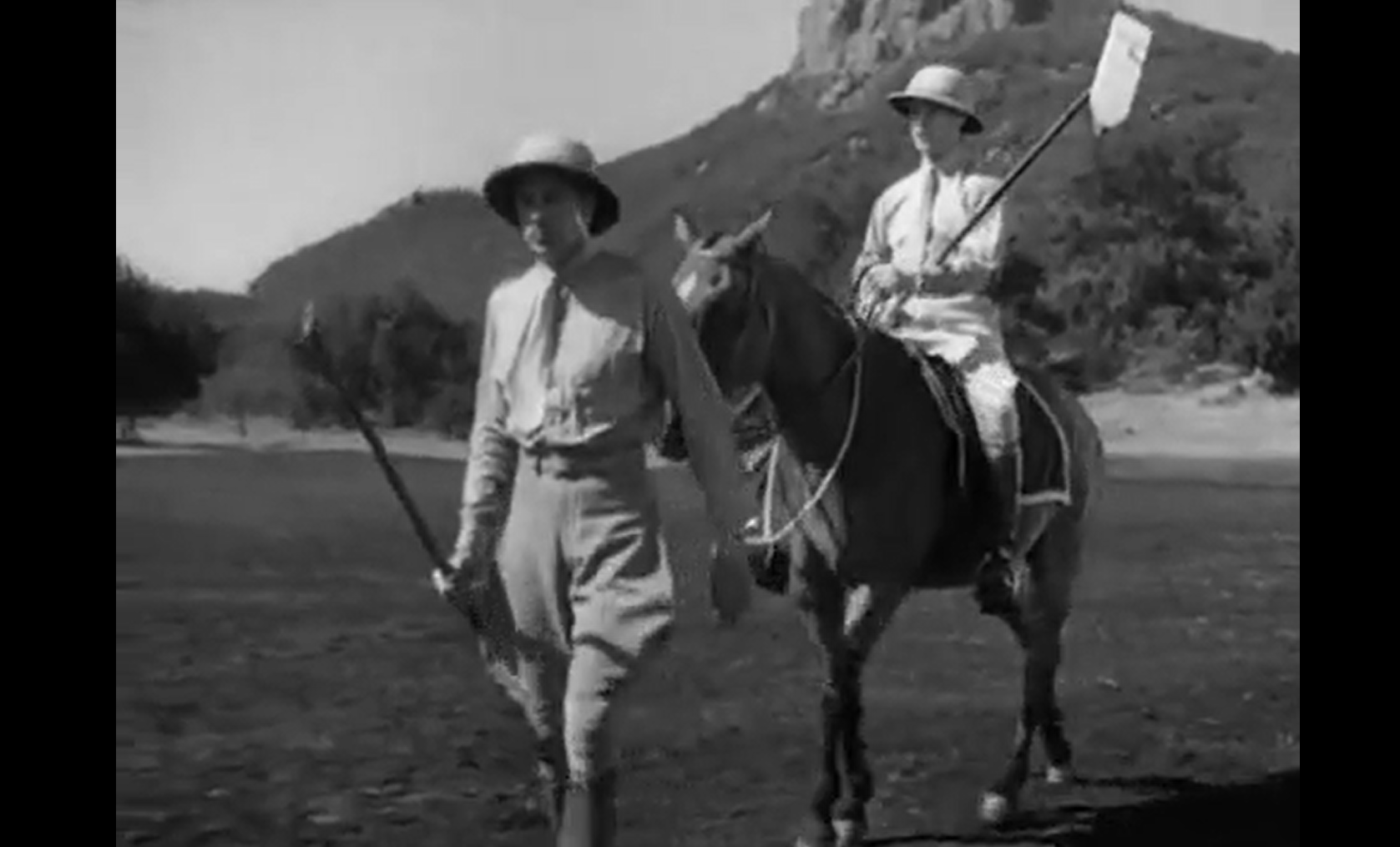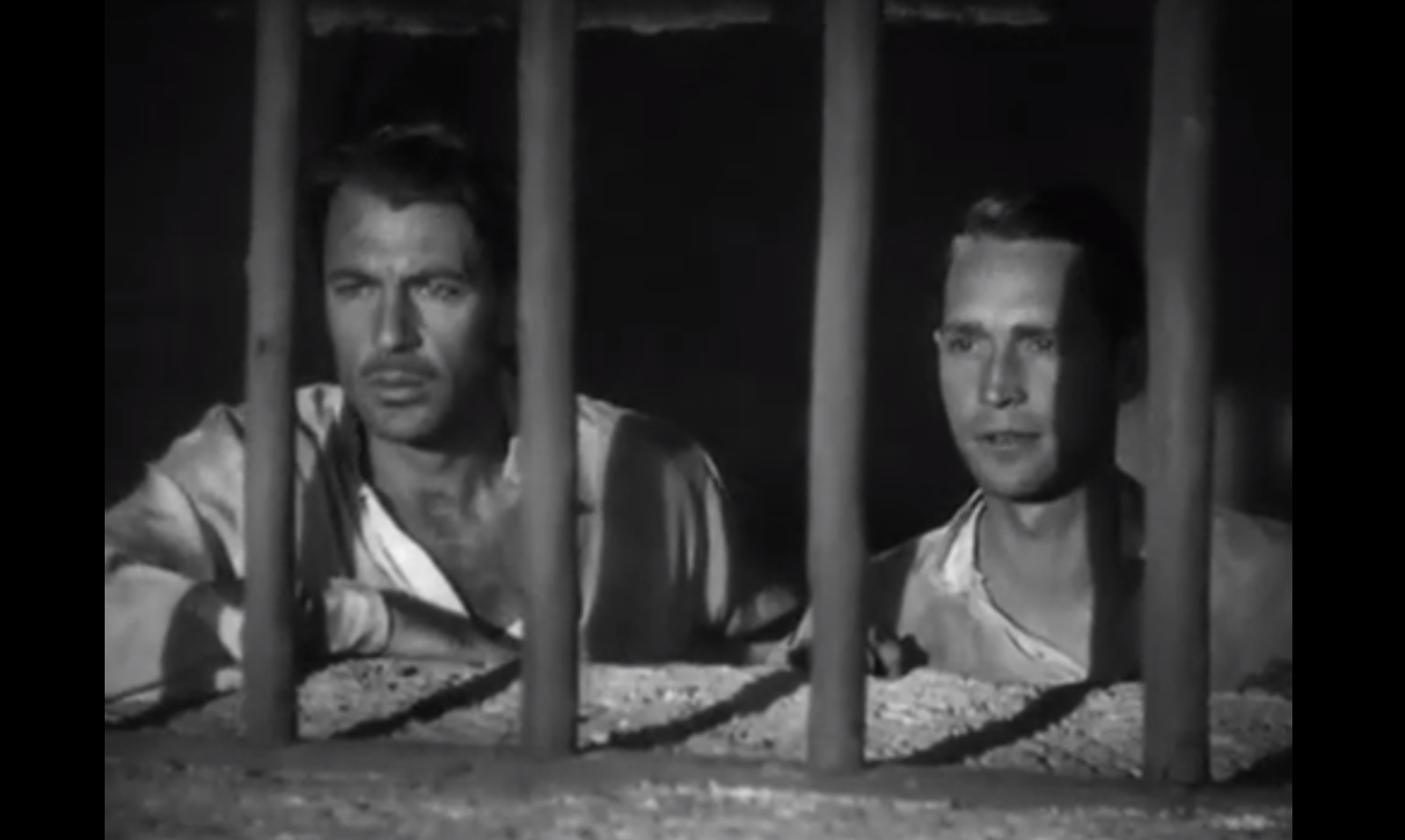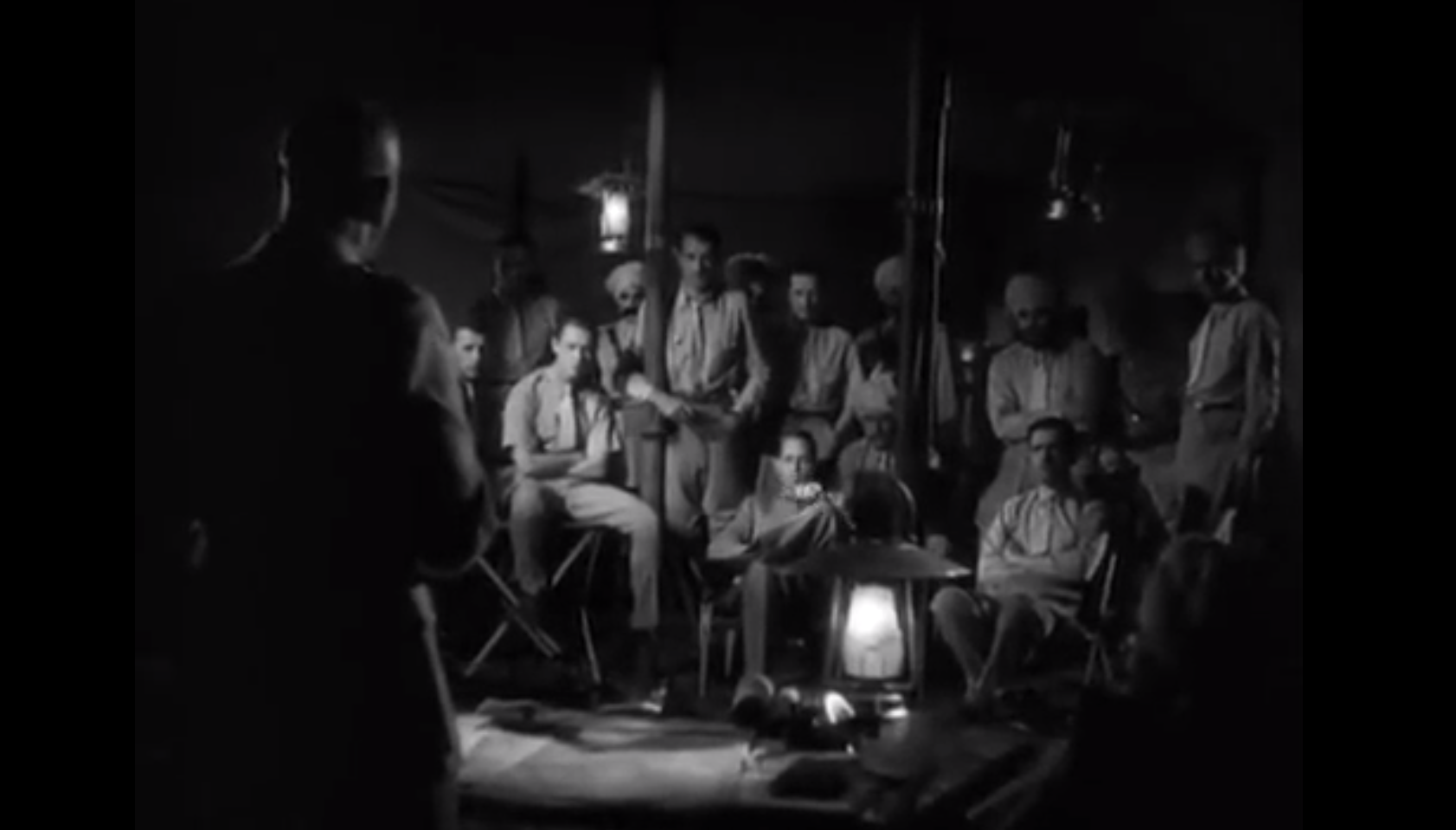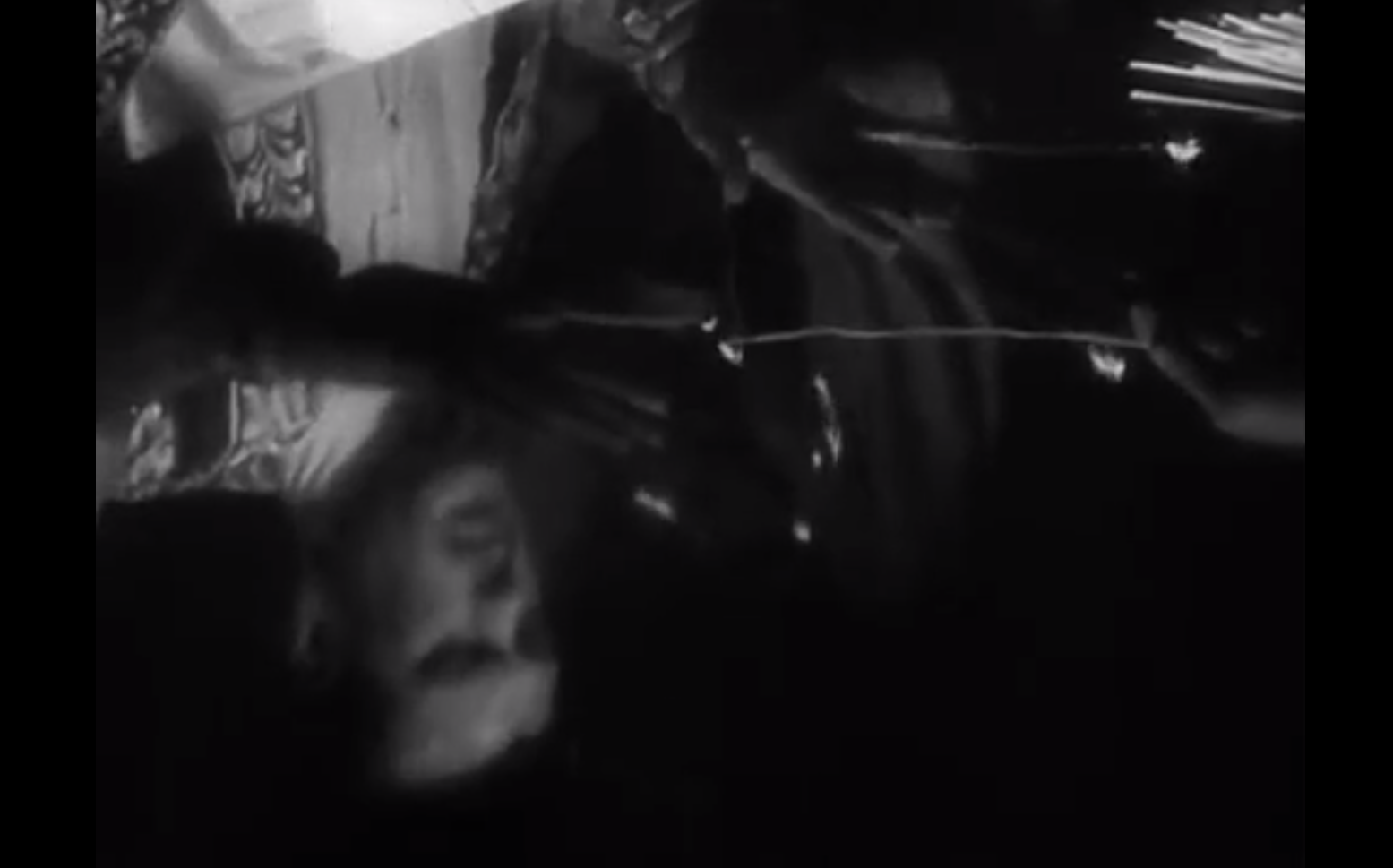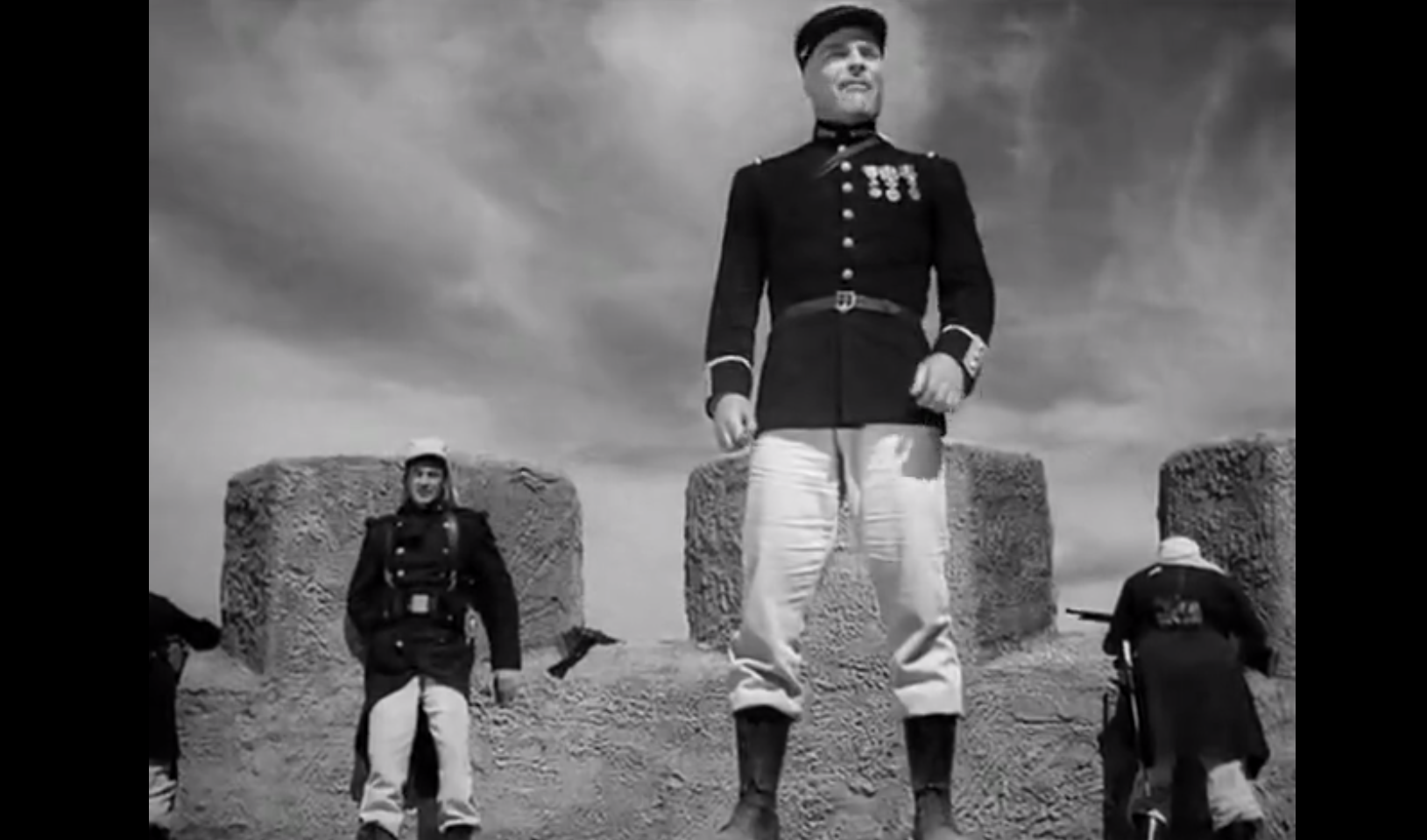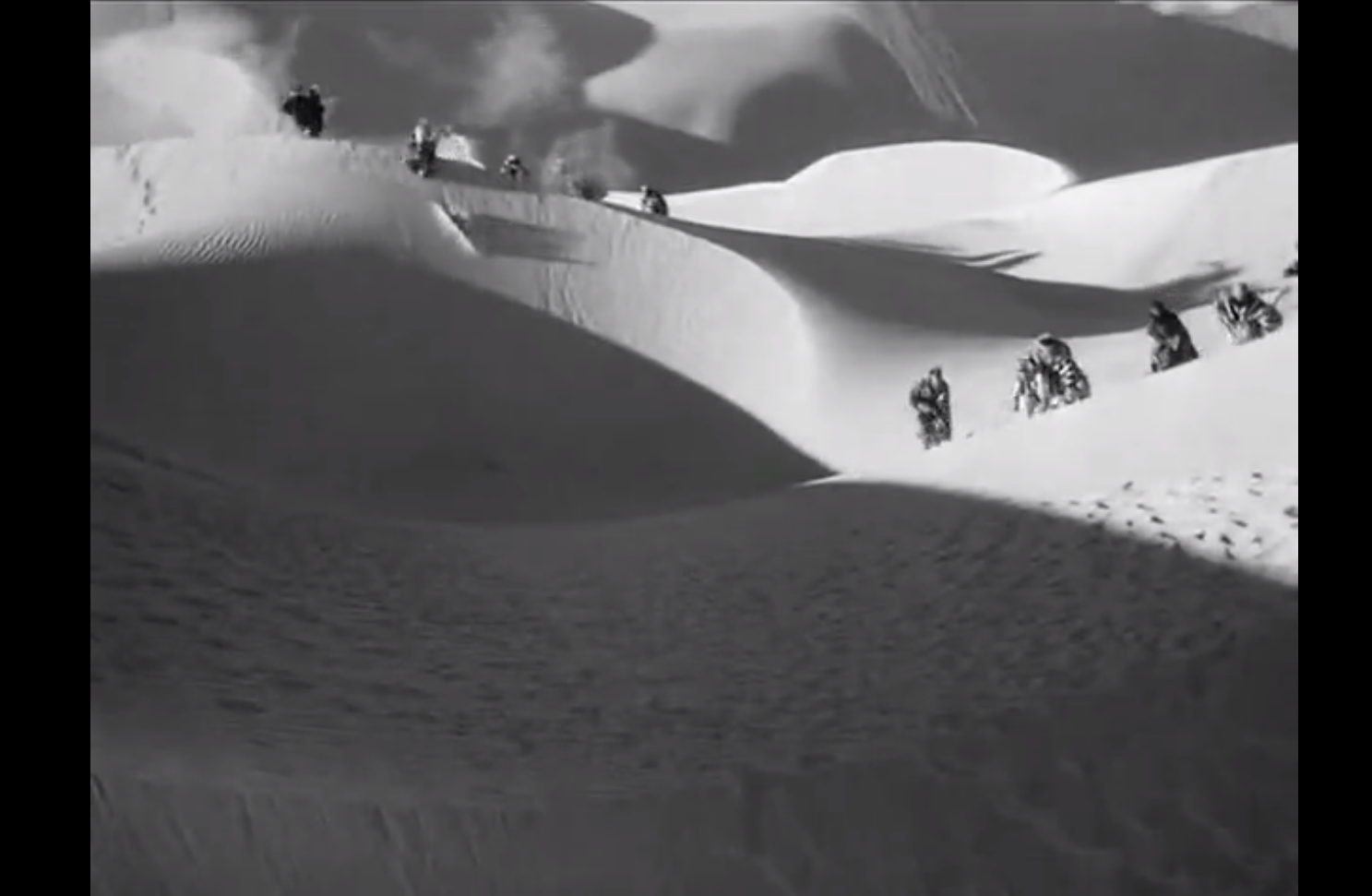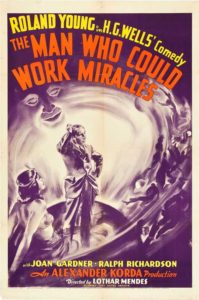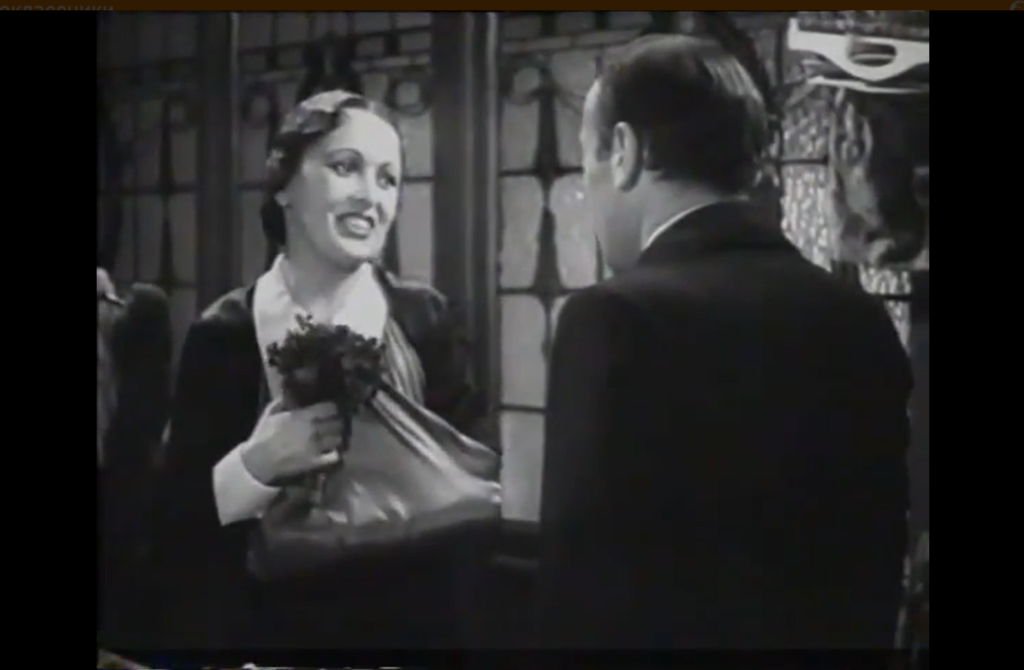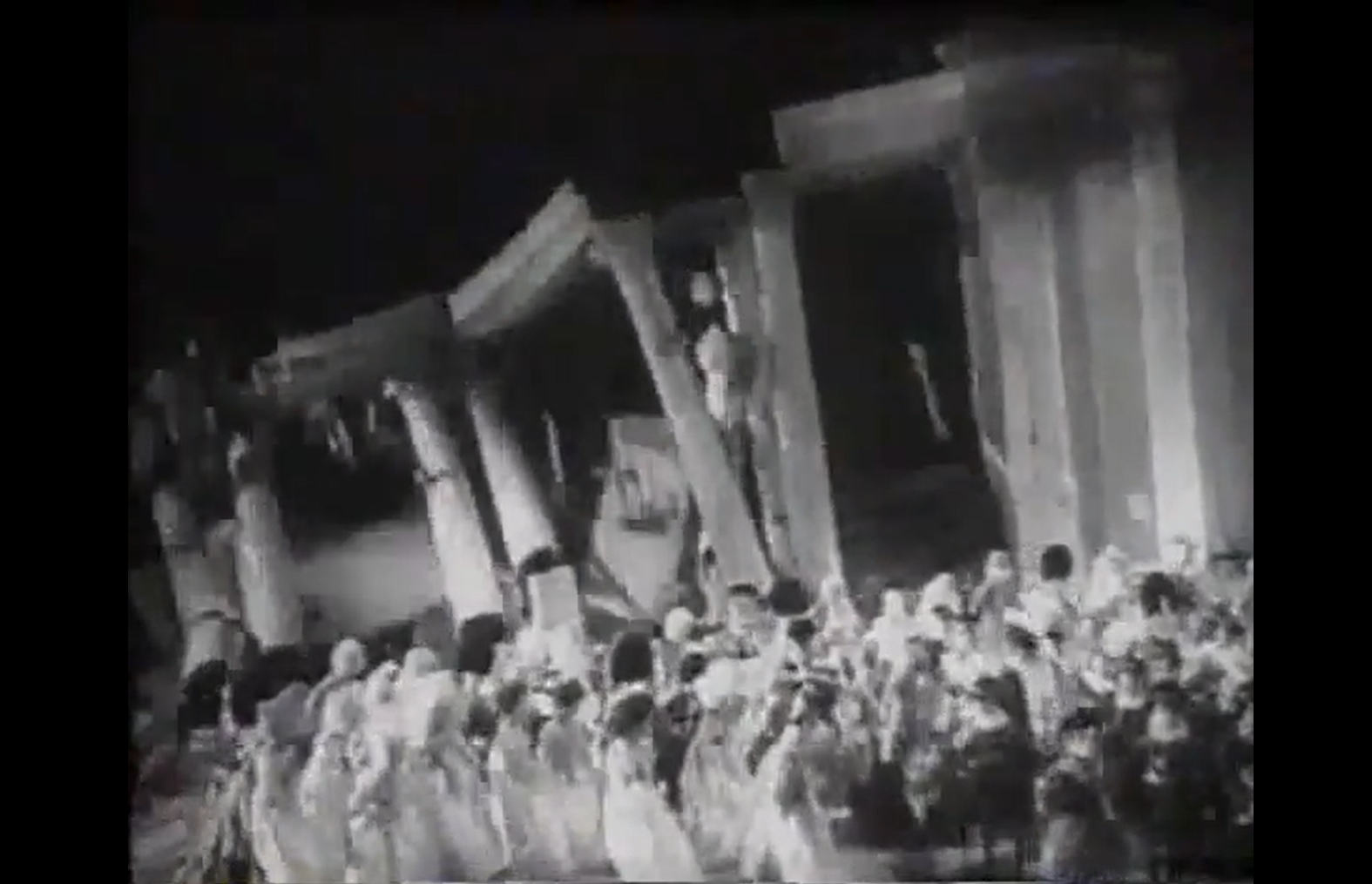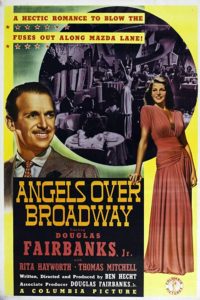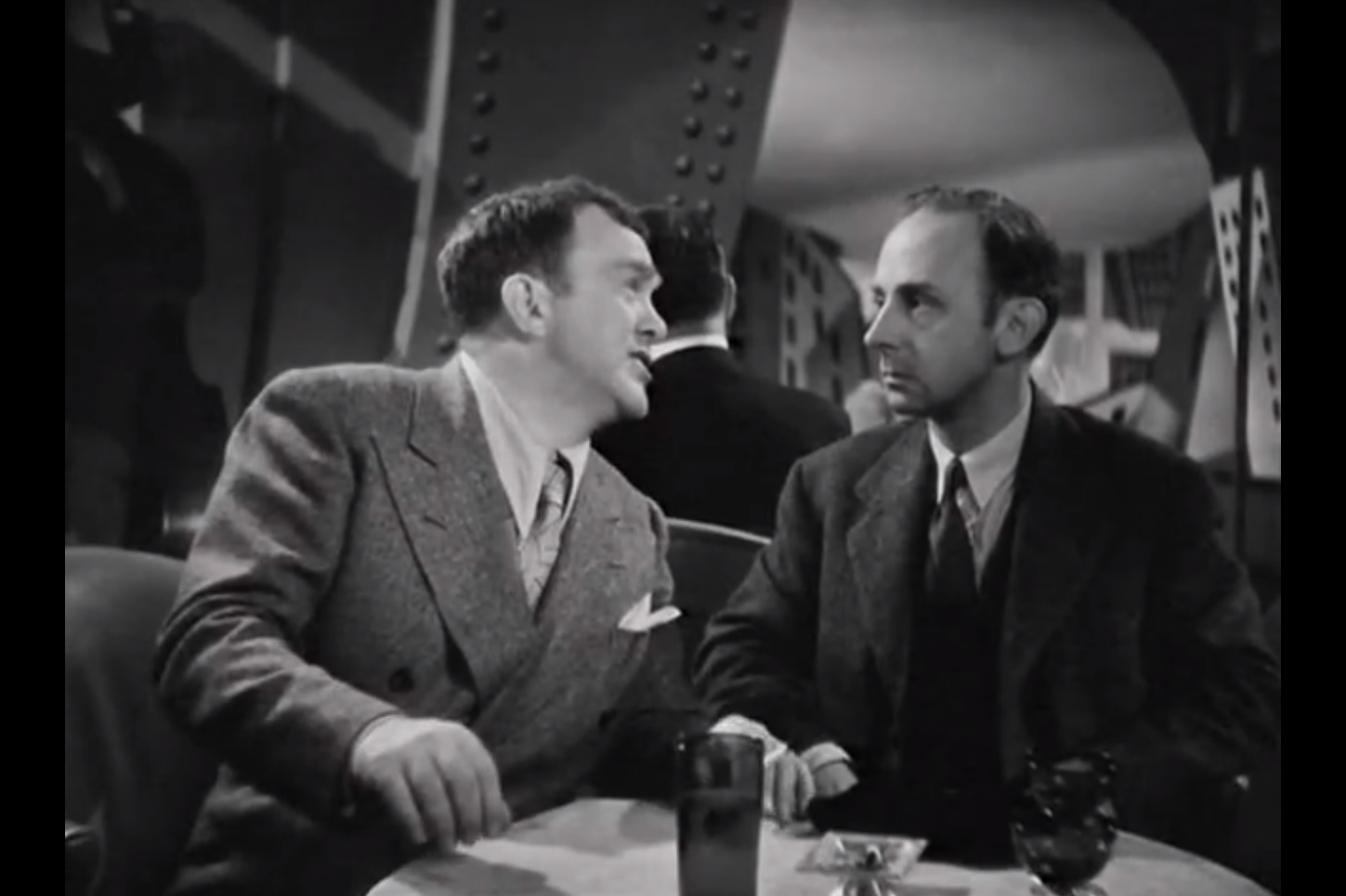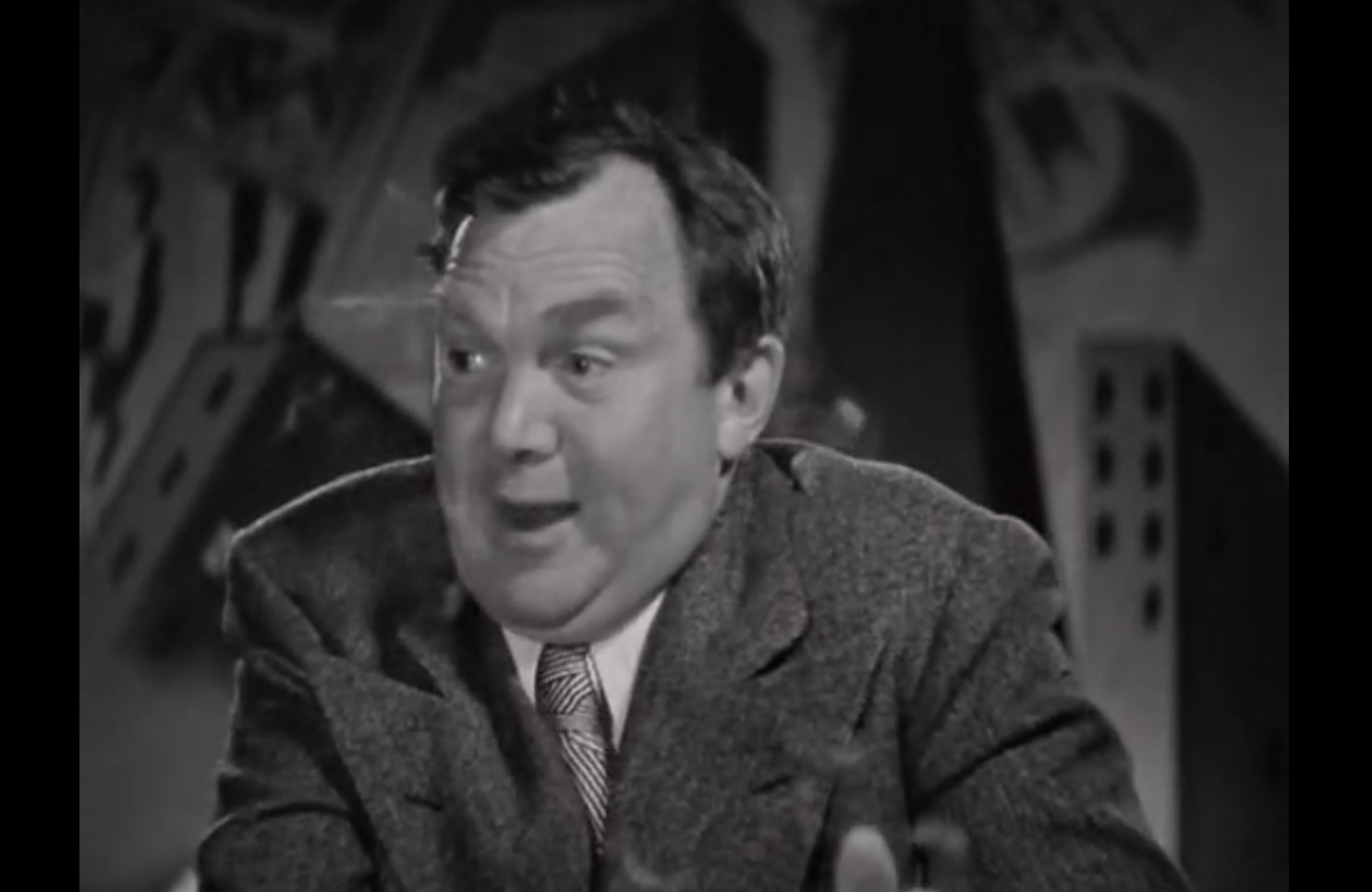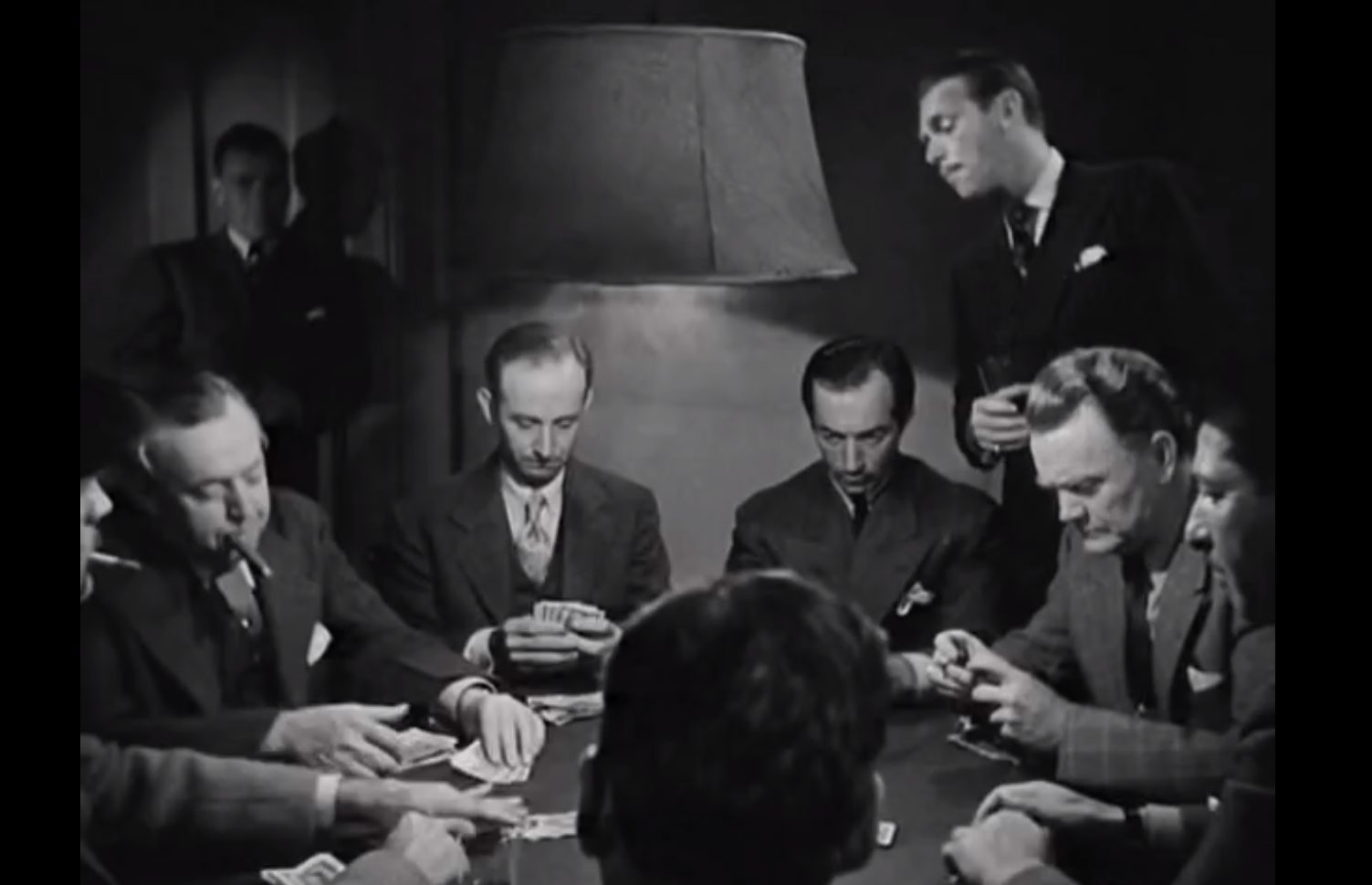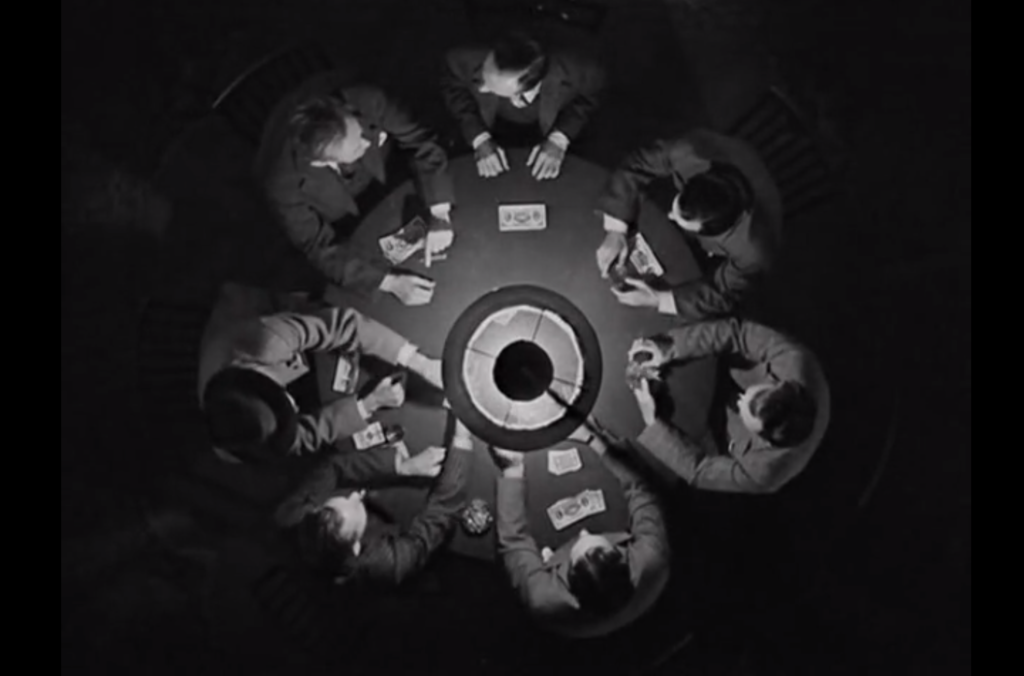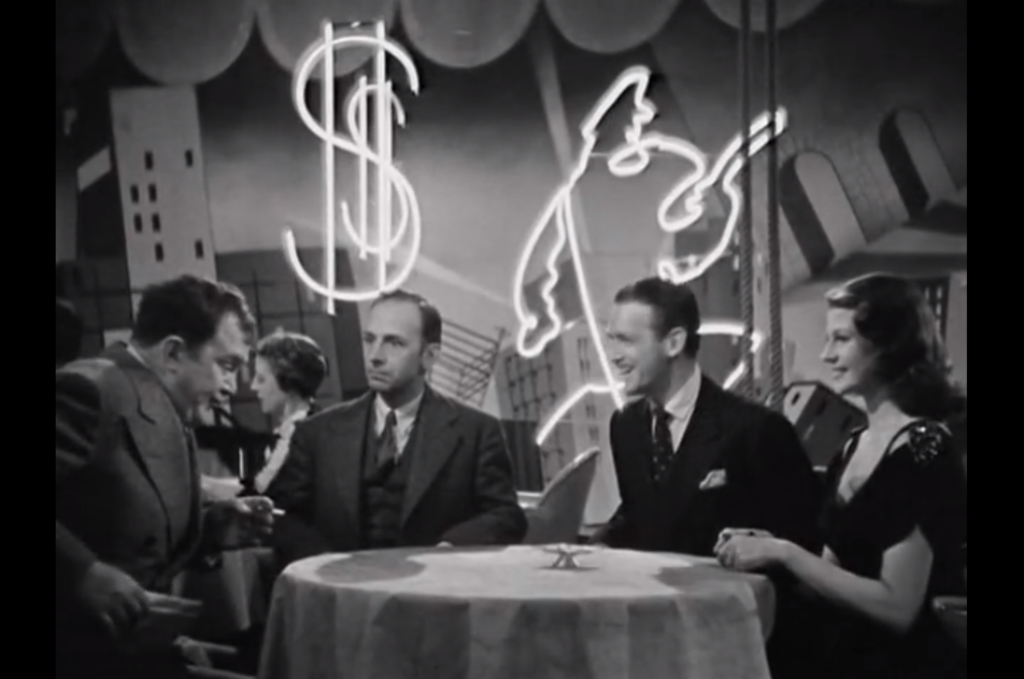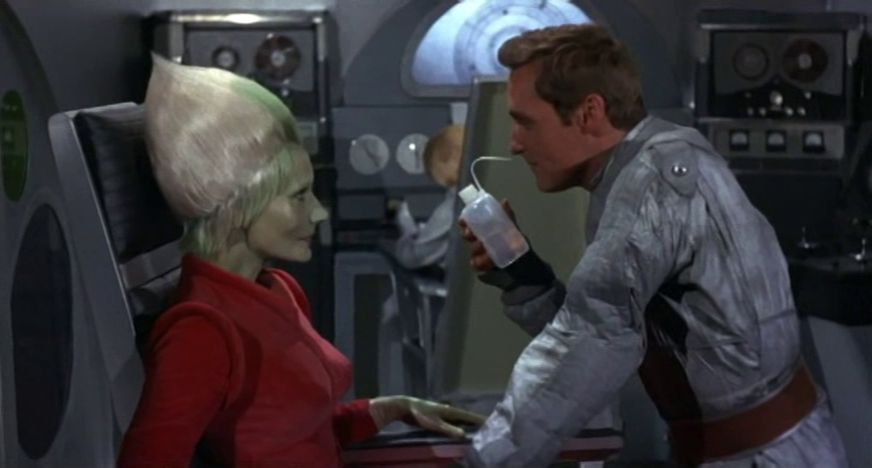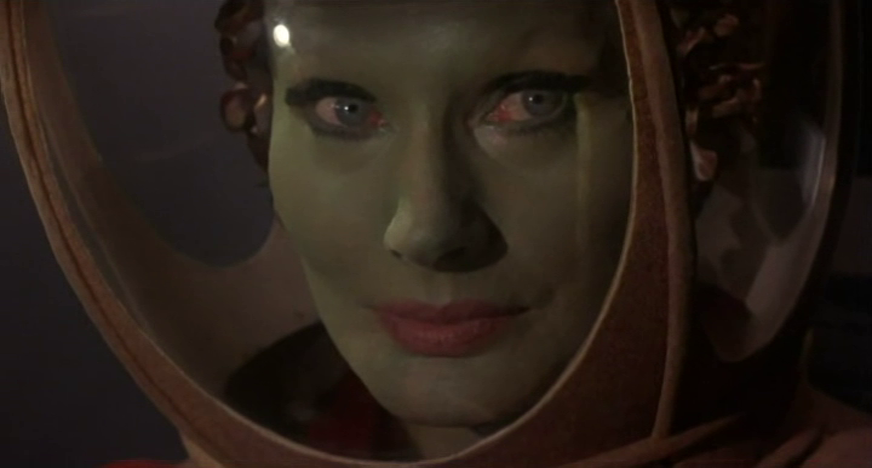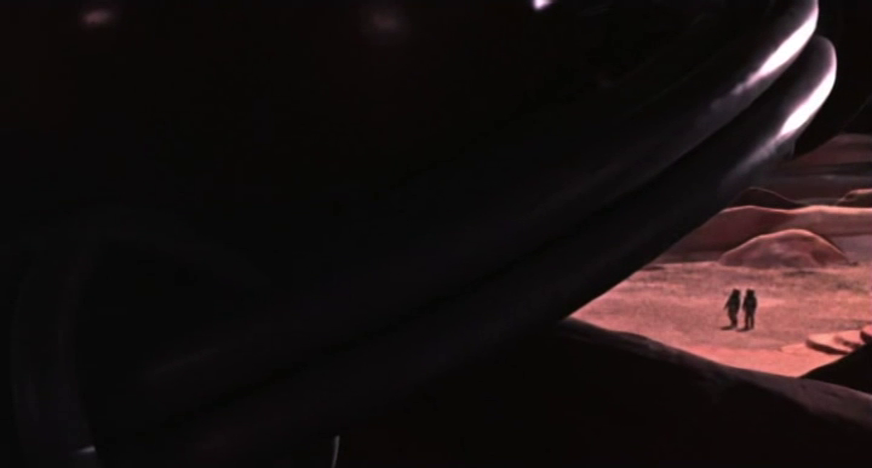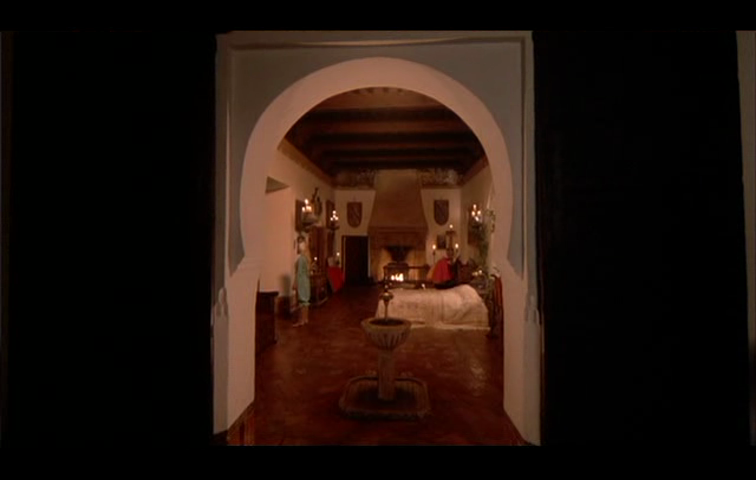|
Genres:
- Cavalry
- David Niven Films
- Donald Crisp Films
- Errol Flynn Films
- Historical Drama
- India
- Love Triangle
- Michael Curtiz Films
- Olivia de Havilland Films
- Revenge
- Siblings
Review:
After achieving success with Errol Flynn and Olivia de Havilland in Captain Blood (1935), director Michael Curtiz teamed up with the gorgeous duo once again for this “loosely inspired by” adaptation of Sir Alfred Tennyson’s classic poem. Unfortunately, it comes across these days as little but an over-long ode to British colonial powers, and is dominated by an entirely unnecessarily romantic subplot that simply confuses viewers about who to root for. (Aren’t Flynn and de Havilland supposed to be cinematic lovers? And if so, why has she authentically fallen for his brother instead?) The battles scenes are all impressively filmed and edited, and Sol Polito’s cinematography is impeccable; however, this one is only must-see for Flynn completists.
And now for a little bit of the original poem, which it was a true treat to revisit:
. . .
Half a league, half a league,
Half a league onward,
All in the valley of Death
Rode the six hundred…
Theirs not to make reply,
Theirs not to reason why,
Theirs but to do and die.
. . .
Note: This film is historically significant for sad reasons; as noted in TCM’s article:
Curtiz so abused the use of trip-wires in pulling supposedly wounded horses to the ground during the sequence, animals were regularly breaking their necks and legs. Many of them had to be shot. Flynn, to his endless credit, was so appalled by what he was seeing he secretly contacted the ASPCA and implored them to come to the location. Curtiz’s cruel methods (which, it should be noted, he didn’t invent) would forever change the handling of animals on movie sets.
Redeeming Qualities and Moments:
- Sol Polito’s cinematography
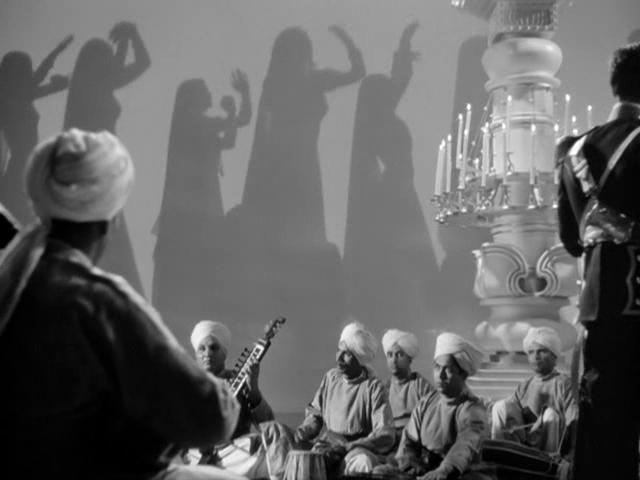
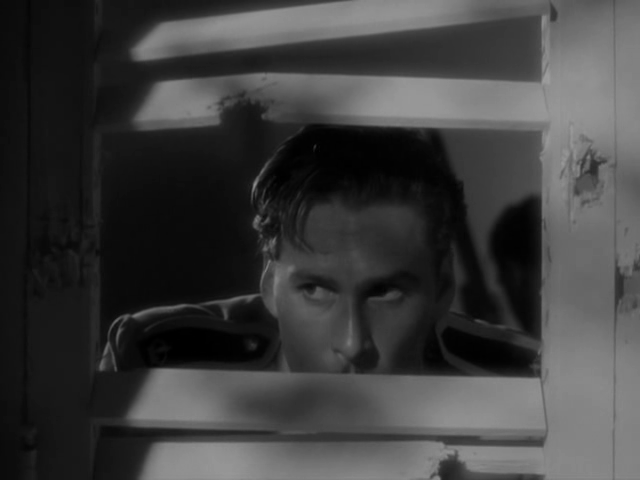
- The appropriately rousing finale

Must See?
No; this one is only must-see for Flynn fans or Curtiz completists.
Links:
|

